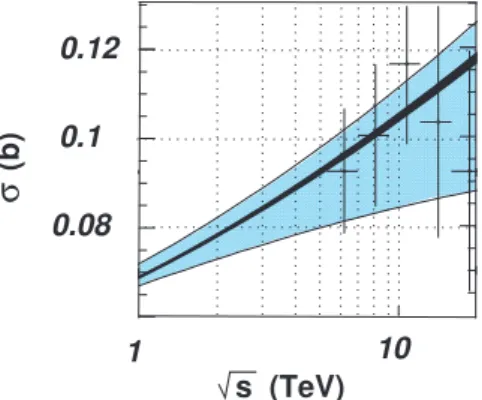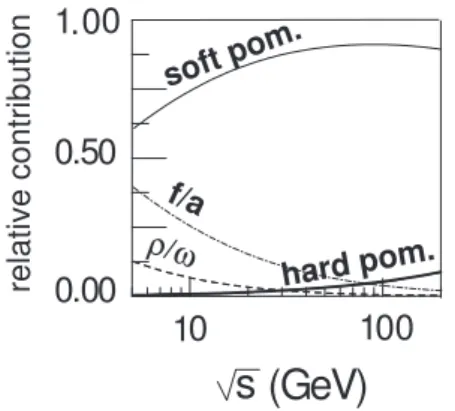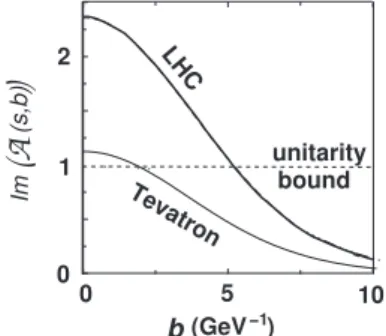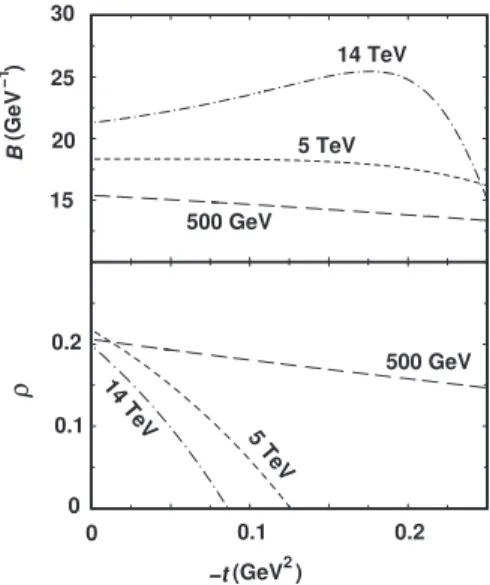The Total Cross Section at the LHC: Models and Experimental Consequences
Texte intégral
Figure




Documents relatifs
Specifically, this study examines whether the development of the Digital Data Genesis dynamic capability in firms leads to valuable outputs: data quality and data accessibility..
A panel data setup that we will not adequately cover—although the estimation methods we cover can be usually used—is seen when the cross section dimension and time series dimensions
Using these data samples to constrain the shape of the p t spectrum, Monte Carlo reweighting factors for non–b background are obtained in each p t bin and used to modify the weights W
L’archive ouverte pluridisciplinaire HAL, est destinée au dépôt et à la diffusion de documents scientifiques de niveau recherche, publiés ou non, émanant des
«Dialogue» PageAccueil OuvrirUnRapport() «Entité» DirectionVent instant:int direction:string * 1 «Entité» «Dialogue» Rapport ListeRapport «Controle» OuvrirUnRapport
Après un passage en revue et une définition critique des différents types de données, l'auteur évoque la notion d'assemblages sociotechniques complexes de données,
Total cross section data for proton-proton (open points) and proton-antiproton (full points) intera~tions. The lines represent the dispersion relation fit of ref.. The same
In the following we will refer to “cross-lingual ontology linking” in a broad sense, including (semi-) automatic ontology and instance matching methods and techniques applied to